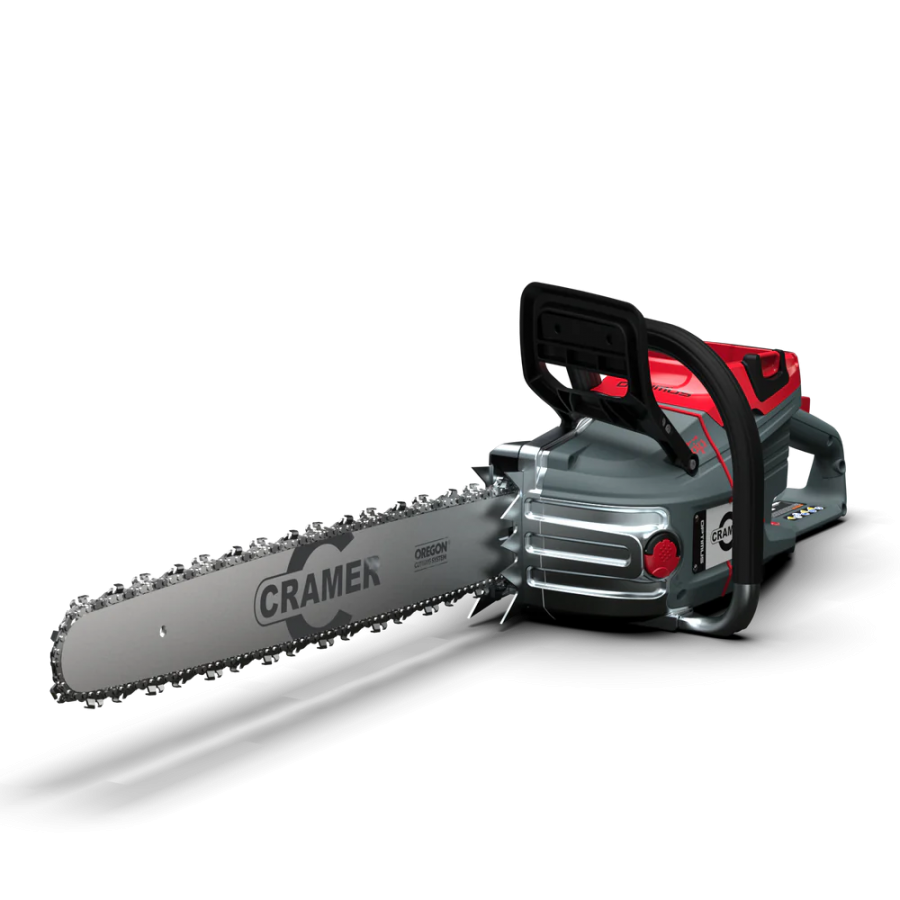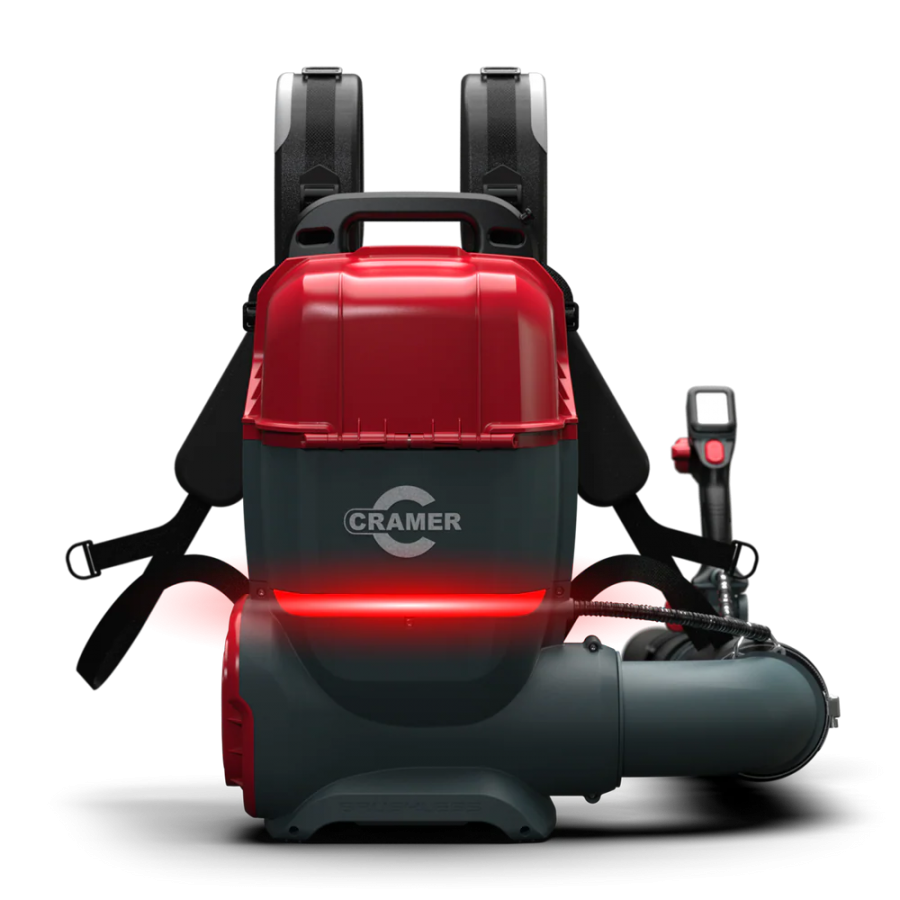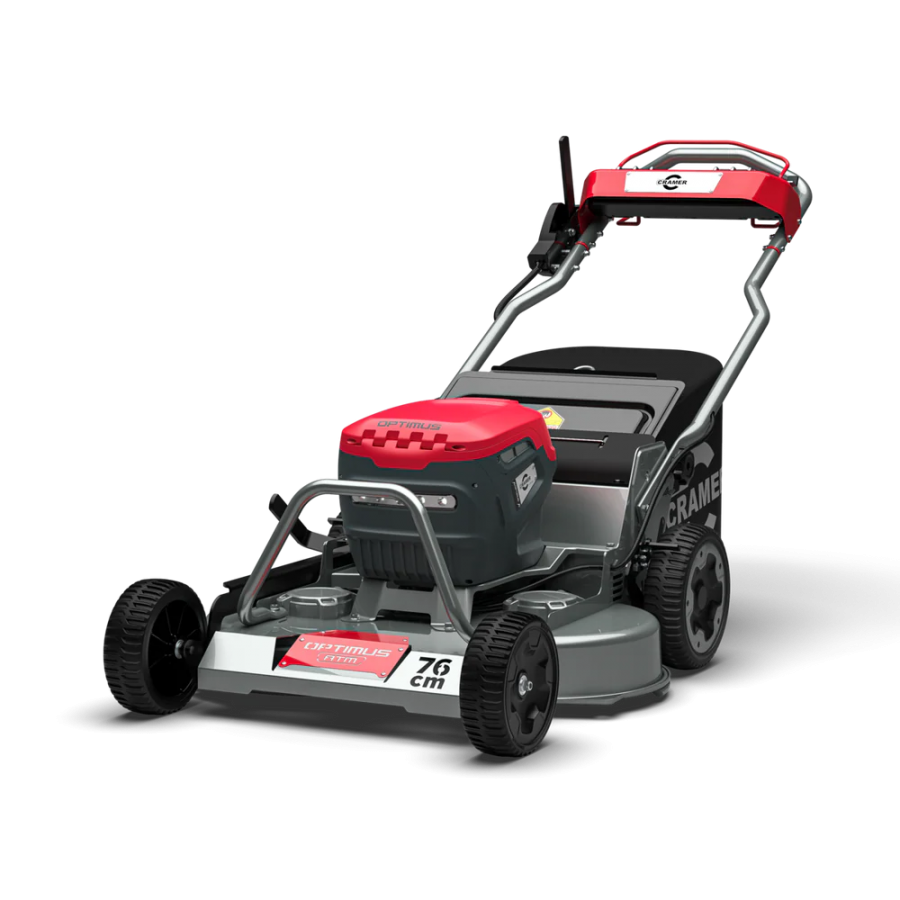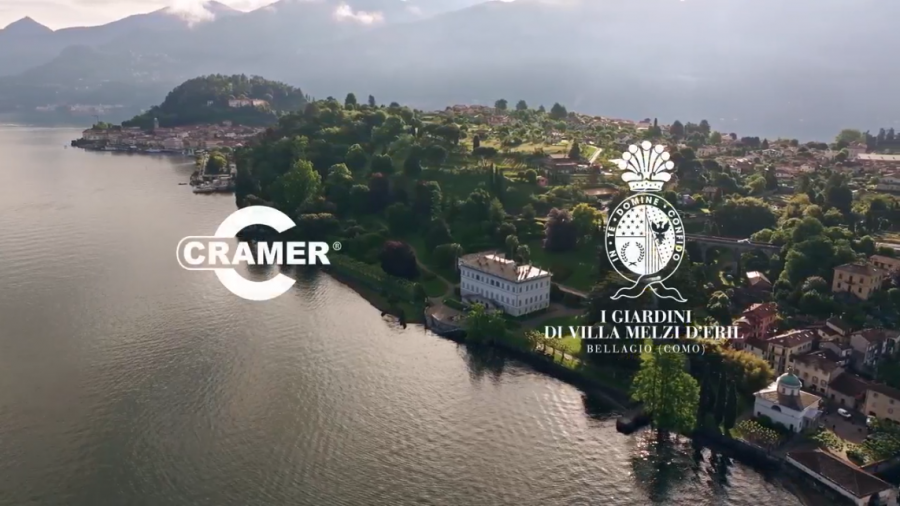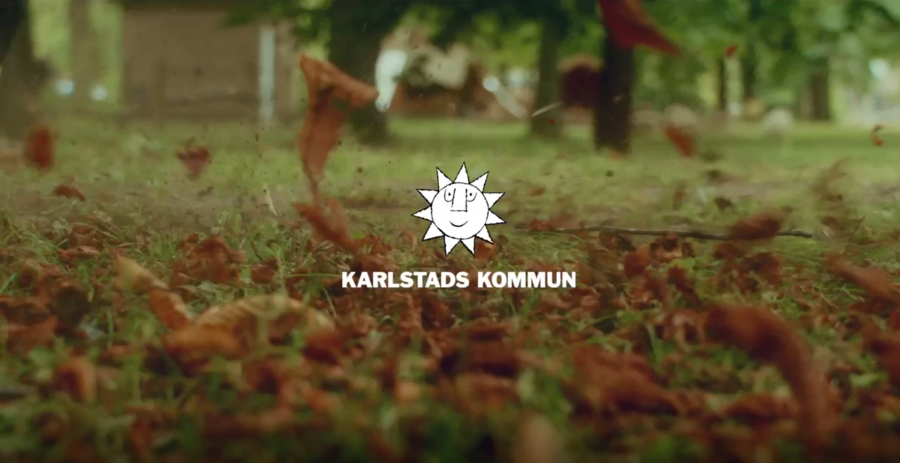Radio Controlled Drones are talking to the skies in droves, it’s not just birds, butterflies, bees and planes in the sky — drones are on the rise. But how much do we know about these flying machines?
As the technology progresses, it appears that the aerial devices are also getting smarter able to carry out a range of tasks, there’s even talk of fast food restaurants delivering take away meals by them?

Drones or to be more precise unmanned vehicle systems are becoming more readily available to acquire. Their popularity has increased the variety of drones on the market, while a recent conversation with a friend, Jonathan Newton who runs a video company called Let Get it shot invited me along to see his latest investment in buying a Drone to enhance his business interests.
We met at our Local Rugby Club (Newport Shropshire) to put the Drone to the test and get some footage and Photographs of the drone in action
Drones first appeared in the early 1990; s originally developed by the military, however has technology advanced these drones became more assessable to the domestic market, costs are relative cheap for the technology on offer, they come in all shapes and sizes, with a fast-developing camera options. They even have on board GPS software that allows the Drones to be more traceable and accurate in the land they can survey.
In recent years, we have seen the drones take on several challenging roles, fighting crime, carrying building inspections, land surveying, firefighting and crop assessments.
They are becoming increasingly popular in the sports turf, amenity and farming sectors, with drones able to access crop performance, Thermal cameras on drones can be used to detect leaks and determine if crops are getting too much or too little water.

They can be used to identify weed, pest and disease problems along with regular security checks of the land. These drones are also used to inspect the condition of trees / buildings and keep an eye on Live stock. Many Head Green keepers are using them to monitor and promote the condition of the course.
From a teaching perspective, the drone allows students to engage with the landscape and landscape management. Collecting your own landscape photographs and analysing your own landscape data is much more exciting than using old aerial photographs which are often out of date.
Many wildlife organisations are using drones to monitor bird populations and ensure protected birds are kept safe. Many companies are using Drones to help marketing strategies, filming and recording special occasions.
Drones (Unmanned aerial vehicles, or UAVs) are not failure-proof. Mishaps happen, and even a small UAV being operated in an unsafe manner or falling from the sky and crashing onto a property or, worse, a person, can create a serious problem.
To safe guard the use of Drones a number of new operational guidelines and laws have been put into place.
Having run a Media production company for the last 5 years working within a variety of sectors including the turf industry, Jonathan was looking how to develop his company and take it to the next level.
Drone technology has become very widely accessible in the last few years and He has always been interested in how this new technology can enhance his video business.

Jonathan takes up the story. A lot of people think that you simply need to go out and buy an aircraft and then start flying, that is simply not the case, its crucial that at a minimum if flying for fun that you have an understanding of the rules and regulations that are set by the CAA (Civil Aviation Authority). For a professional however, we have a lot more hoops to jump through before flying.
I had to obtain my permission for aerial work from the CAA before I could take on any work professionally. To do this I had to first enrol onto a three day course to learn the theory of flight alongside all the health and safety, risk assessments, flight planning and emergency procedures.
After completing a test on the third day, I then had to produce a 50 page operations manual to show how we carry out our operations as a company. We then could complete a flight assessment which consisted of a 20-minute flight, flight briefing and risk assessment.
After this I could submit my paperwork to the CAA for authorisation to fly.
What do you need to fly?
To fly in a professional capacity, you need to obtain your PFAW (permission for aerial work) from the CAA, to do this you have to enrol on a course that has been approved by the CAA. These companies then give you the necessary training and recommend you to the CAA to obtain your PFAW. The course costs vary depending on the company, these range from £800-£1500.
Rough costs of the equipment?
Like everything the amount, you can spend on equipment is endless. I decided to go for the latest DJI Phantom model, I spent around £1400 on my aircraft. Insurance cover then ranges around the £600 per year mark for this type of aircraft, but varies for larger more sophisticated ones.
What was covered on the course?
During the three day,s we spent time learning about lots of factors within the aerial world. From basics, such as weather and location planning to more complex factors that could affect the aircraft and your surroundings.
Where can you fly?
My licence enables me to fly in lots of locations, the main restriction is within built up areas, you can apply to the CAA if you need to fly in built up areas. The main principles to work with are you fly no more than 500 metres away from you and no more than 400ft high. Legally you are not allowed to fly at night due to having to keep line of sight with the aircraft.
How long can you fly?
Most drones are battery powered, with its flight time dependent on the size and power of the battery, average flying times vary between 20-30 minutes on a single battery. It is essential to land your drone with time to spare on the battery. Most aircraft will calculate how long they need to get back to the launch site and factor this into the amount left in the battery. At 20% for example my aircraft will land itself.
Weather Conditions?
Drones can be easily affected by poor weather conditions, flying in wind can be difficult and will drain your drone battery faster than normal. Cold temps cause batteries to lose charge faster. Rain is detrimental to anything electronic and high heat isn’t because drones produce quite a bit of heat on their own. Extreme heat can put unnecessary wear and tear on batteries and computers.
Do you need landowner’s permission?
Landowners permission is required whenever any flight is booked in as it will be used for take-off and landing.
When working in the edit stages of aerial footage projects can typically be turned around in a few days, if other elements are required such as voiceover, interviews or other shots at the location this has to be factored in.
So after a very long process I am now in a position where I can now launch the aerial part of my business which I am incredibly excited by. Aerial shots give you a completely unique view of your surroundings. It is also a great way of inspecting your site, giving you clear ideas of how your site is mapped out.




